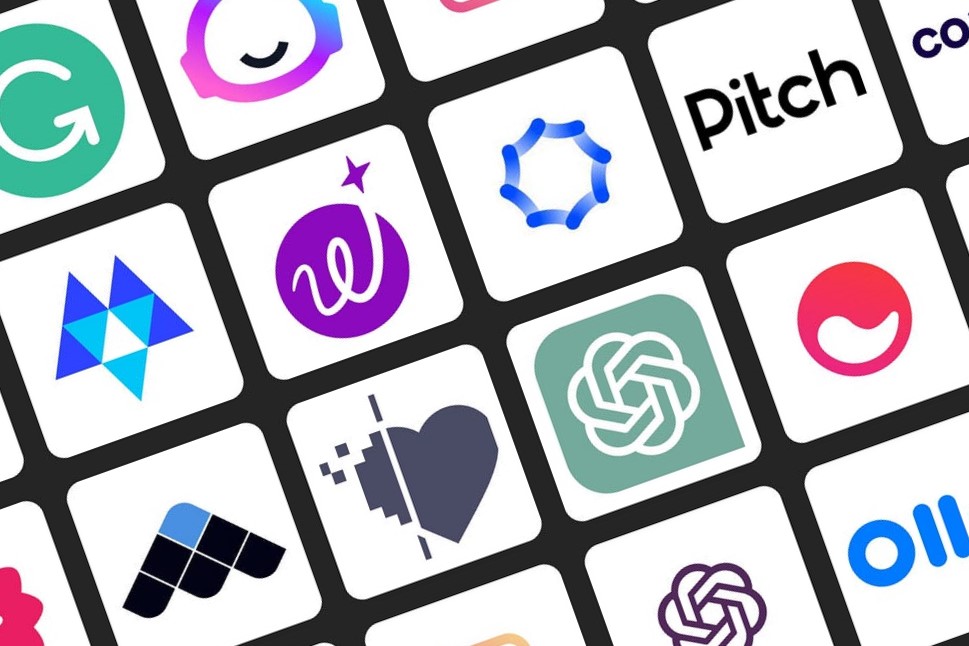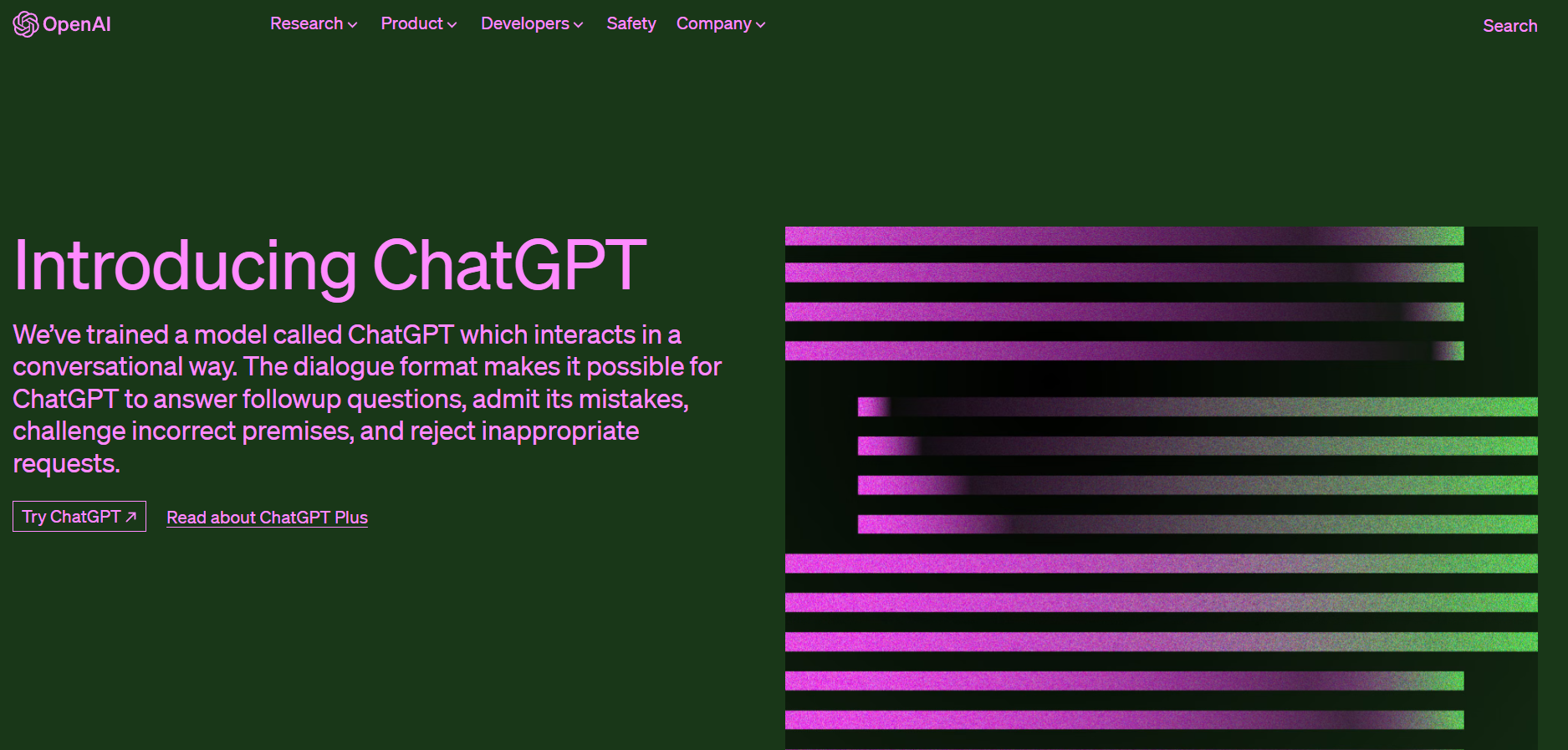Introduction
Artificial intelligence (AI) is changing the world in many ways. It is enabling new possibilities and opportunities for individuals and organizations across various domains and industries. AI tools and platforms are the key to unlocking the potential of AI for your personal and professional development. They can help you automate tasks, generate insights, enhance creativity, and improve productivity. However, using AI tools and platforms effectively requires some skills and knowledge. In this article, we will share some tips to help you get the most out of AI tools and platforms.
Know your goals and needs
Before choosing an AI tool or platform, you should have a clear idea of what you want to achieve and what problems you want to solve. This will help you narrow down your options and find the best fit for your situation. For example, if you want to improve your writing skills, you might look for an AI tool that can help you with grammar, spelling, style, and tone. If you want to create a logo for your business, you might look for an AI platform that can help you with design, branding, and marketing.
Do your research
There are many AI tools and platforms available in the market, each with different features, capabilities, and limitations. You should do some research to compare and evaluate them based on your criteria. You can also read reviews, testimonials, case studies, and tutorials to learn more about them. For example, if you want to use an AI tool for data analysis, you might look for its accuracy, speed, scalability, and ease of use. If you want to use an AI platform for content creation, you might look for its originality, diversity, quality, and relevance.
Try before you buy
Many AI tools and platforms offer free trials or demos that allow you to test them out before committing to a subscription or purchase. This is a great way to see how they work in practice and whether they meet your expectations and requirements. For example, if you want to use an AI tool for language learning, you might try its features such as speech recognition, translation, pronunciation, and feedback. If you want to use an AI platform for image generation, you might try its features such as style transfer, face swap, colorization, and enhancement.
Learn the basics
AI tools and platforms are not magic. They are based on algorithms, data, and models that have certain assumptions, biases, and errors. You should learn the basics of how they work, what they can and cannot do, and how to interpret their results. This will help you avoid common pitfalls and mistakes when using them. For example, if you want to use an AI tool for sentiment analysis, you should know that it might not capture the nuances of human emotions such as sarcasm or irony. If you want to use an AI platform for music composition, you should know that it might not follow the rules of music theory or genre conventions.
Customize and optimize
AI tools and platforms are not one-size-fits-all. They often have settings, parameters, and options that allow you to customize and optimize them for your specific needs and preferences. You should explore these features and experiment with different configurations to find the optimal solution for your case. For example, if you want to use an AI tool for resume writing, you might adjust its tone, format, and keywords to match your industry and target position. If you want to use an AI platform for video editing, you might adjust its speed, transition, and effects to match your style and purpose.
Monitor and evaluate
AI tools and platforms are not static. They are constantly evolving and improving based on feedback, data, and updates. You should monitor and evaluate their performance and outcomes regularly to ensure that they are delivering the expected results and value. You should also be ready to adapt and adjust them as needed. For example, if you want to use an AI tool for stock trading, you should track its performance and returns over time and compare it with other strategies and benchmarks. If you want to use an AI platform for chatbot creation, you should test its functionality and usability over time and collect feedback from users and stakeholders.
Thoughts
AI tools and platforms are the key to unlocking the potential of AI for your personal and professional development. They can help you automate tasks, generate insights, enhance creativity, and improve productivity. However, using AI tools and platforms effectively requires some skills and knowledge. In this article, we shared some tips to help you get the most out of AI tools and platforms. We hope you found them useful and informative. If you have any questions or feedback, please feel free to contact us. Thank you for reading.



